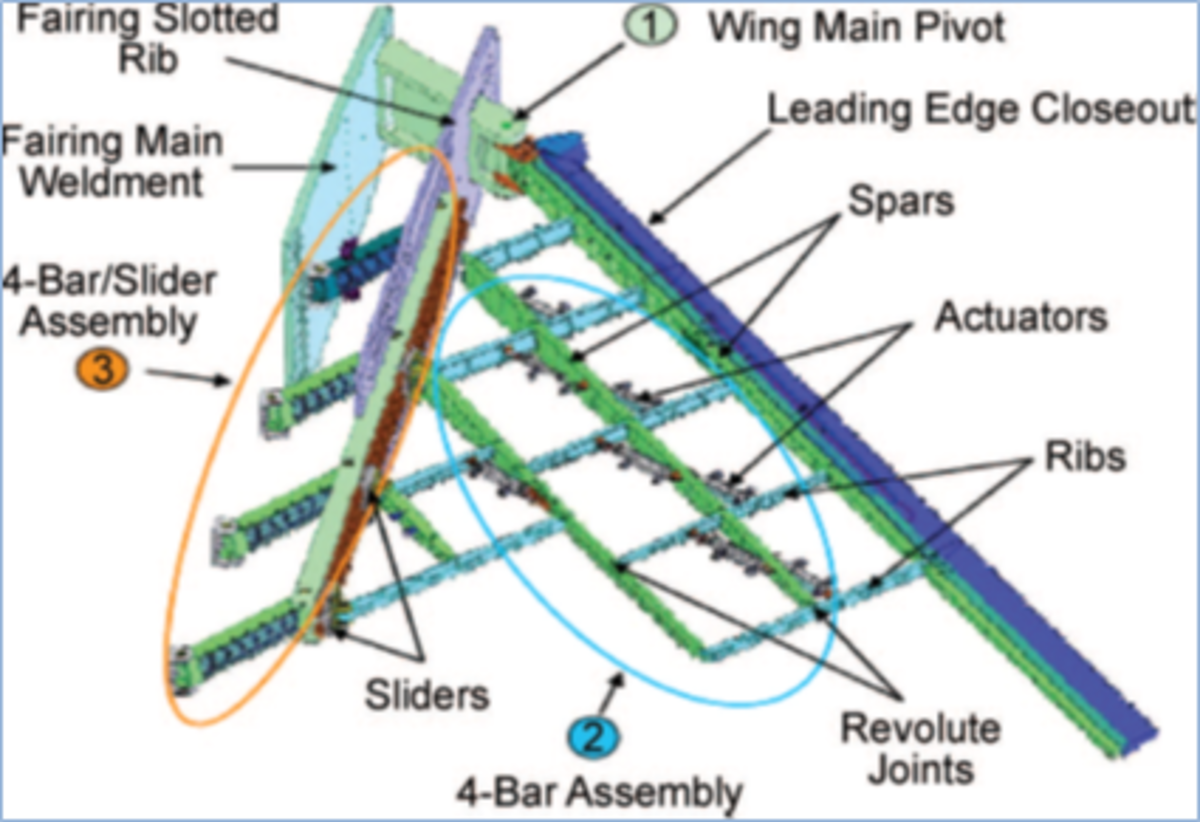A brief history of concrete construction

Concrete is commonly used in the construction industry and found in roads, houses, bridges and many other structures. Apparently, there are even concrete canoe and concrete Frisbee competitions.
Early civilizations usually had natural cement deposits allowing for concrete to be used in construction for centuries. However, the first truly cement-like binding material was a specific type of volcanic sand called pozzolana. It reacted chemically with lime and water to form a rock-like mass, even when underwater. The Romans used it to bind stones together to make a form of concrete to build bridges, docks, storm drains, aqueducts and buildings. This concrete was constructed in layers by packing mortar by hand in and around stones of different sizes. These stones would be packed with face bricks and served as moulds for the concrete. This early form of brick-faced construction for walls and vaults was used in most public buildings including the Pantheon and fashionable houses in Rome.
The domed Pantheon was constructed in the second century AD and was originally built as a temple to all gods of Ancient Rome and rebuilt around AD 125 during Emperor Hadrian’s reign. The builders of the Pantheon used heavy materials at the ground level and lighter materials higher up in the walls and in the dome itself to reduce the weight being carried. The height to the oculus , the round opening in the top of the dome, and the diameter of the interior circle of the dome are the same, 43.3 m. The opening allows rain to enter and fall to the floor, from where it is carried away through drains.
The Romans also used pozzalana cement to build many other famous structures such as the Appian Way, the Roman baths of Caracalla, the Colosseum and the Pont Du Gard aqueduct in the South of France.
The pozzalana sand was, however, not readily available and after the fall of the Roman empire, the quality of the cementing materials diminished quickly. With the invention of Portland cement and reinforced concrete did it become a preferred building material.
In 1824, Joseph Aspin, an English mason, produced this new cement. He named it Portland cement as it looked the same as a natural stone quarried on the nearby island of Portland.
In 1828, IK Brunell used concrete made with this Portland cement to fill a crack in the Thames tunnel and was considered to be the first engineering use of this cement.
In 1854, an English plasterer, William B. Wilkinson built a small cottage but reinforced the concrete floor and roof with iron bars and wire rope. The technique was eventually patented and he continued to buld several similar structures in England.
In America the following firsts took place in concrete history:
- The first reinforced concrete bridge in 1889
- The first concrete street in 1891
- The first concrete high rise –the Ingalls Building- in Cincinnati, Ohio, in 1903
- The first mile of rural concrete pavement in Wayne County, Michigan, in 1909
Other major works during the twentieth century include the Grand Coulee Dam, built in 1933 and the Hoover Dam, built in 1936, the first concrete domed structure, the Assembly Hall, built in 1967 at the University of Illinois in Urbana-Champaign; the famous Sydney Opera House in Australia built in 1973 and the tallest reinforced concrete building in the world, built in Chicago, Illinois in 1992.
Citation: Concrete Structures by L Botes








